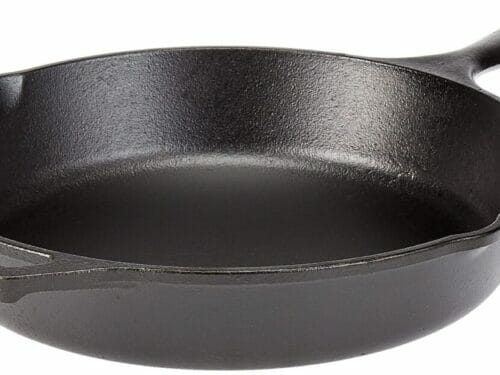
Dashi - Japanese Stock
Dashi is one of the most versatile stocks available, adding a subtle flavor to a variety of savory dishes. It is the base for miso soup, ramen broth, and tare (dipping sauce). It is also a central ingredient in many distinctly Japanese dishes such as chawanmushi, nimono, and odenkoshi. Whether you use dashi to prepare ramen, stir-fry, or simmer vegetables, you can never go wrong.
Print
Pin Recipe
Servings: 4 servings
Calories: 21kcal
Add to Collection
Equipment
Ingredients
- 14 x5 inch kelp kombu wiped clean but not washed
- 3 cups packed dried bonito flakes katsuobushi or dried and smoked skipjack tuna and sardine flakes
- 4-8 cups water depending on desired strength of flavor
Instructions
- Place the water in a pot or saucepan.
- Make a couple of slits on the kombu and soak it in the water for at least 30 minutes (although 3-8 hours is ideal).
- Gently bring it to a boil, skimming off any oil or scum.
- Remove the kombu just before water begins to boil. (Set it aside to make rice seasoning.)
- Turn off the heat and allow the water to cool.
- Add the bonito flakes and bring it to a boil again.
- Simmer for just 30 seconds, and turn off the heat. The flakes will sink to the bottom. Let it stand for 10 minutes.
- Line a sieve with a thick piece of paper towel and strain the broth, gently squeezing out the Dashi. (Keep the flakes for rice seasoning).
- Keeps for 1 week refrigerated or 3 weeks frozen.
Video
Notes
you should choose the kombu dashi. It is best for vegetarians because it is more flavorful.
Nutrition
Serving: 1cup | Calories: 21kcal | Carbohydrates: 2g | Protein: 1.5g | Fat: 0.6g
© Food And Meal
This website provides approximate nutrition information for convenience and as a courtesy only. Nutrition data is gathered primarily from the Spoonacular Database, whenever available, or otherwise other online calculators.
